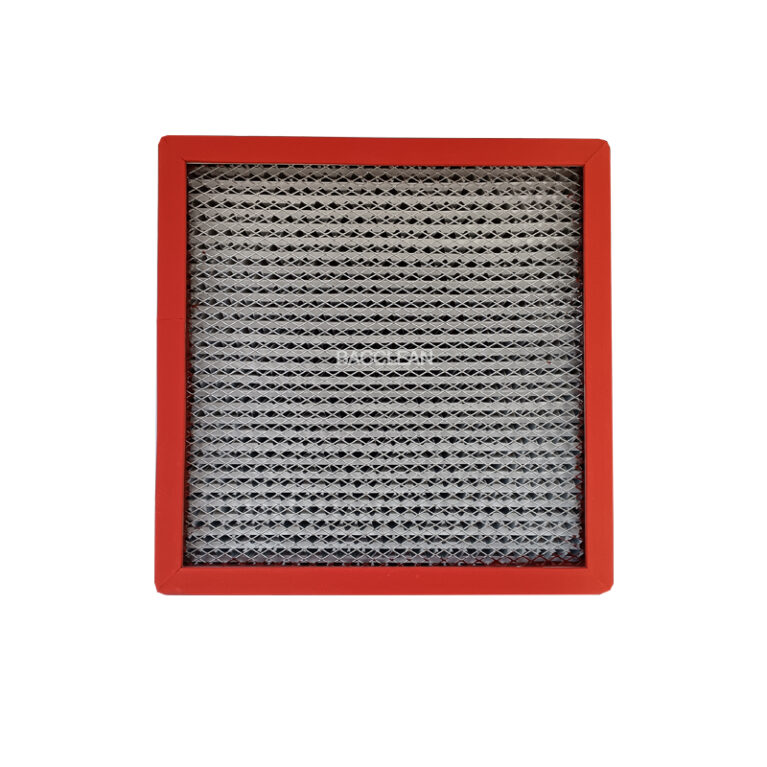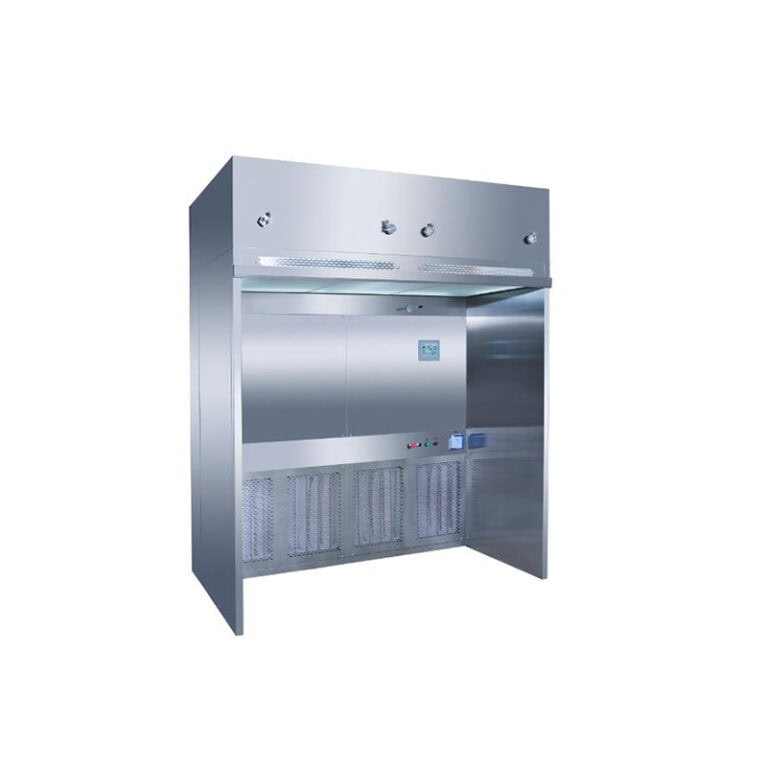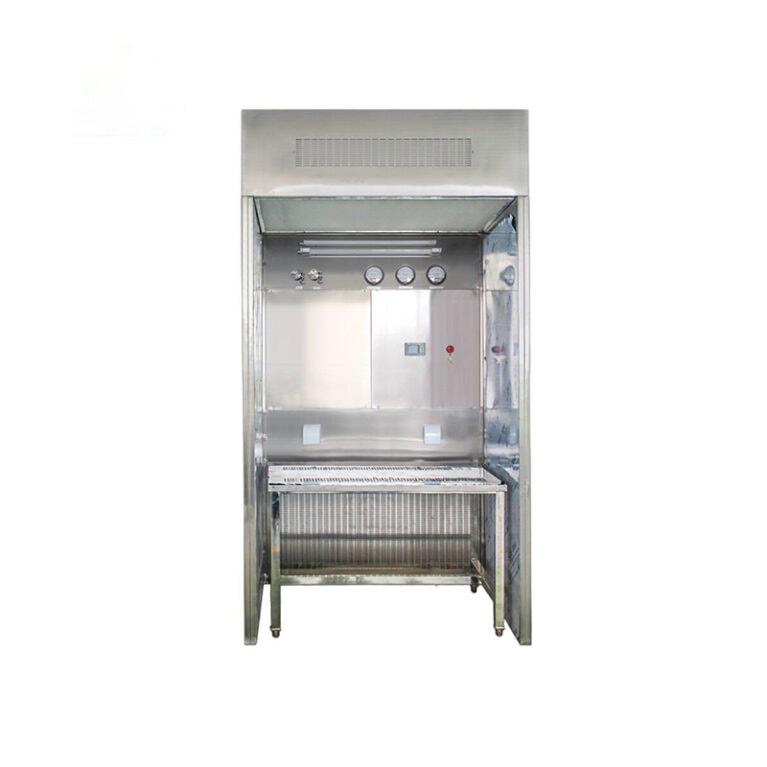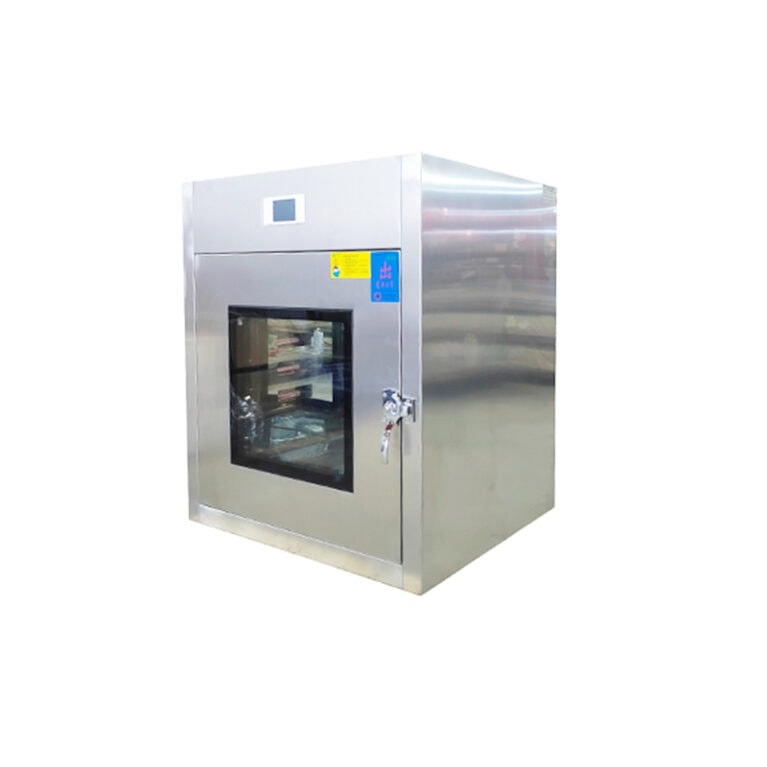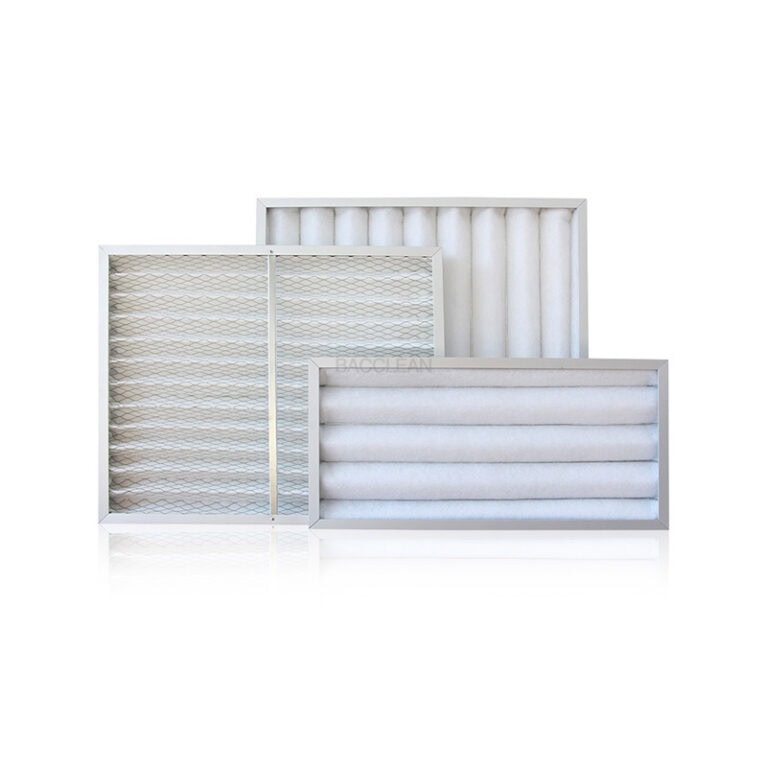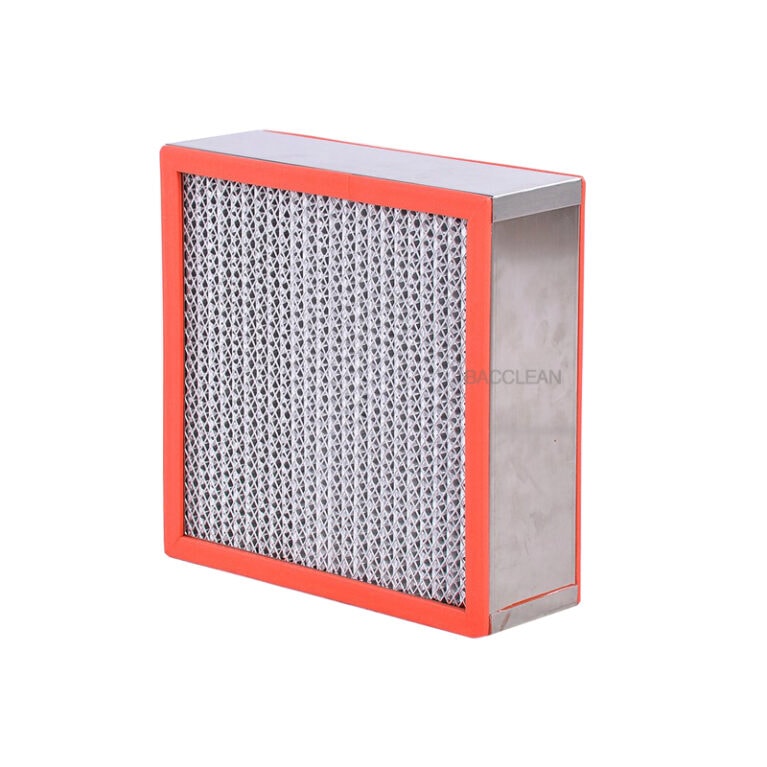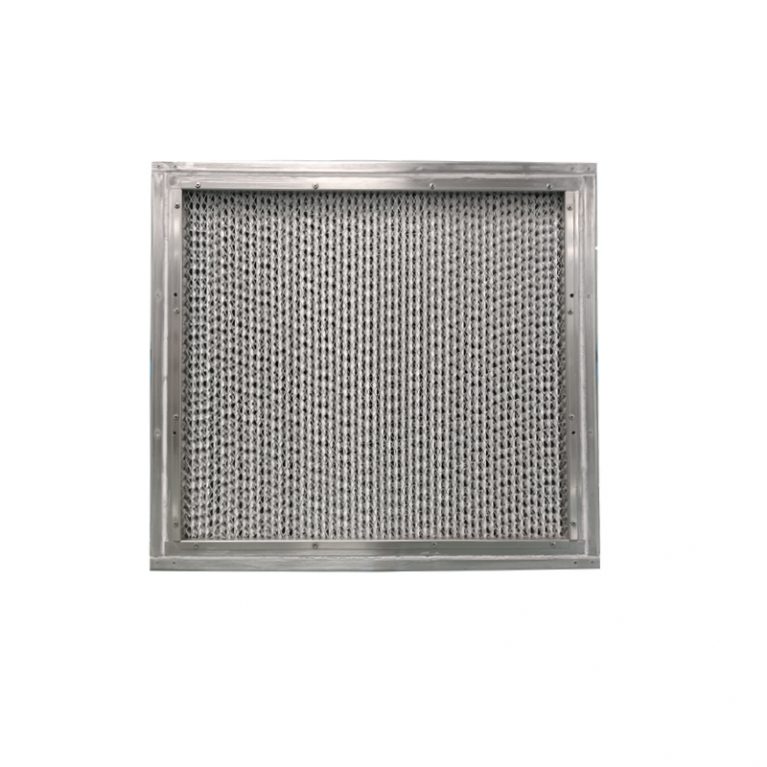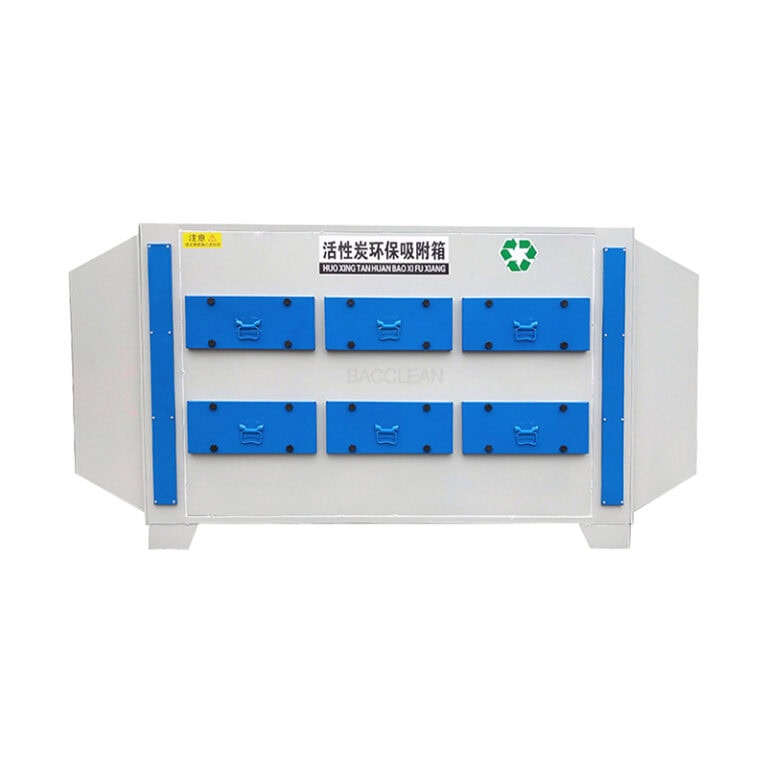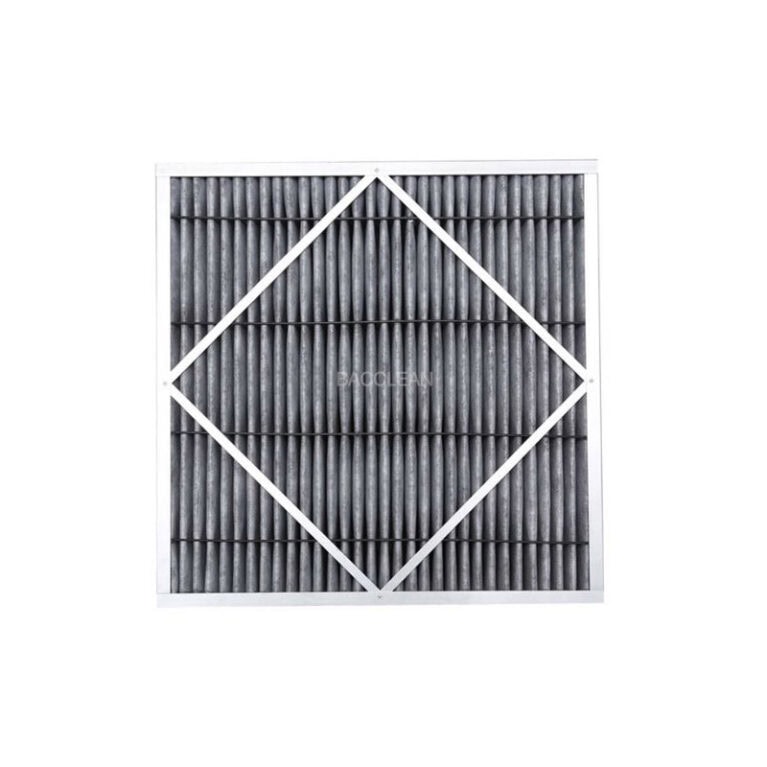The rapid rolling shutter door air shower is a key device in clean workshops, logistics channels, and other scenarios, which has both rapid isolation and dust removal functions for goods. Its daily maintenance directly affects the cleaning effect, equipment lifespan, and operational safety. Maintenance should be carried out around the four core modules of “rolling shutter door System”, “air shower dust removal system”, “Electrical control system”, and “structural and safety components”. The specific precautions are as follows:
I. Maintenance of Roller Shutter Door System: Ensure smooth opening and closing, as well as sealing performance
Rolling shutter doors are the “core channel components” of the equipment. Special attention should be paid to the mechanical transmission and the condition of the curtain fabric to avoid problems such as jamming and air leakage.
Clean the curtain fabric regularly to prevent the accumulation of stains
Every week, wipe the surface of the curtain fabric with a neutral cleaner (such as a diluted dishwashing liquid) and a soft cloth to remove dust, oil stains, or sticky substances remaining from the goods (such as adhesive marks from packaging tape).
Do not use strong acids, strong alkalis, or sharp tools (such as steel wool balls) for cleaning to avoid aging, cracking of the curtain fabric, or damage to the surface coating, which may affect the sealing effect.
Inspect the transmission components and lubricate them, and prevent rust in a timely manner.
Monthly inspection of the guide rails, rollers, chains/gears of the roller shutter door: If there are foreign objects (such as dust, small particles) inside the guide rails, blow them clean with compressed air and apply a small amount of silicon-based grease (avoid using engine oil to prevent dust adhesion).
The chain/gears need to be lubricated with special chain oil every 2 to 3 months to ensure there is no abnormal noise or jamming when opening and closing. If the chain is found to be loose, the tensioning device should be adjusted to an appropriate tightness (if it is too loose, teeth may skip; if it is too tight, it may wear out).
Verify the sealing performance of the curtain fabric and identify potential deformation hazards.
After closing the roller shutter door every week, observe the fit between the curtain fabric and the guide rail as well as the ground. If there are any gaps (especially on both sides of the guide rail or at the bottom), check whether the guide rail is deformed and whether the curtain fabric has shifted. Adjust the verticality of the guide rail or the positioning of the curtain fabric in a timely manner.
If the curtain fabric shows local wrinkles or damage, it should be repaired or replaced in time (for minor damage, special curtain fabric patches can be applied; for large-scale damage, the entire fabric should be replaced to prevent air exchange between the clean area and the non-clean area).
Ii. Maintenance of the Air Shower Dust Removal System: Ensure that the dust removal effect meets the standards
The air shower system is the “clean core”. It is necessary to ensure the normal operation of the fan, nozzles, and filters to avoid dust removal failure.
Clean/Replace the air filter to prevent clogging
Primary filter (usually made of metal mesh or non-woven fabric): Remove it weekly and blow it clean in reverse with compressed air (pressure ≤0.5MPa, avoid blowing through the filter material), or rinse it with clean water, dry it and then reinstall; If the filter material is damaged or the stains cannot be removed, it should be replaced immediately (it is recommended to replace it every 3 to 6 months).
High-efficiency filters (HEPA, filtration efficiency ≥99.97%@0.3μm): The filtration efficiency should be tested every 6 to 12 months (a particle counter can be used to detect the dust concentration at the air outlet). If the resistance exceeds the rated value (usually twice the initial resistance) or the cleanliness does not meet the standards, they should be replaced immediately. When replacing, pay attention to the fit of the sealing rubber strip to avoid air leakage.
Check the nozzle and the fan to ensure that the wind speed is qualified
Check the stainless steel nozzles on both sides of the air shower every month: ensure that the nozzles are not clogged (they can be cleared with fine iron wire), not deformed, and the Angle is aligned with the goods passage (usually inclined at 30°-45° to avoid direct blowing on the ground or equipment casing).
When starting the air shower every week, listen to the sound of the fan running: If there is an abnormal noise (such as a “buzzing” sound or vibration sound), stop the machine to check whether the fan bearings are short of oil (add special bearing grease) or whether the blades are dusty (clean the blades). If the wind speed drops significantly (below 25m/s), it is necessary to first check whether the filter is clogged.
Iii. Maintenance of Electrical Control System: Avoiding downtime due to faults and Safety risks
The electrical system is the “brain” of the equipment and needs to focus on preventing problems such as short circuits and sensor failures.
Clean the electrical components to prevent dust interference
After the power is cut off every month, clean the contactors, relays, and circuit boards inside the control cabinet with a dry soft-bristled brush or compressed air to prevent dust accumulation from causing poor contact or a short circuit of the contacts.
When cleaning, do not use water or liquid cleaning agents. Also, check if the wire joints are loose (such as power cords and sensor connection wires). If any are found loose, tighten them immediately.
Calibrate the sensor to ensure accurate sensing.
Infrared photoelectric sensors are commonly used for rapid rolling shutter doors (to control the opening and closing of the door), while photoelectric switches or radar sensors are commonly used for air showers (to detect whether goods have entered and trigger the air shower).
Check the alignment status of the sensor every week. If it is offset, adjust the Angle (ensure that the sensing area covers the goods passage).
Test the sensor sensitivity with an obstruction (such as a cardboard box): If the door does not open/close automatically or the air shower is not triggered, clean the sensor lens (remove dust) or recalibrate the parameters (refer to the equipment manual).
Test the safety protection functions to eliminate potential hazards
Check the emergency stop button: After pressing it, the equipment should stop immediately (the roller shutter door stops and the air shower closes). After releasing it, it needs to be manually reset to restart. If it fails, the button needs to be replaced.
Check the anti-pinch function: If the roller shutter door is equipped with an infrared anti-pinch sensor, cover the sensor with an object (such as a wooden board), and the door should immediately open in the opposite direction to avoid pinching goods or people. If it is a mechanical anti-pinch (bottom buffer strip), it is necessary to check whether the buffer strip is intact. If it is damaged, it needs to be replaced.
Iv. Maintenance of Structure and Auxiliary Components: Ensuring Equipment stability
Check the frame and the sealing rubber strip.
Every month, check whether the frame of the air shower is loose or deformed (especially at the connection points with the ground and walls). If there are any gaps, fill them with high-temperature-resistant sealant to prevent air leakage in the clean area.
Check the sealing rubber strips around the door body. If they are aged or fallen off, replace them in time to ensure there is no air leakage when closing.
Clean the floor and drainage (if any)
Clean the floor platform in the air shower room every day to remove the dust and debris that has fallen from the goods, to prevent accumulation that may affect the passage of goods or block the drainage outlet (if the air shower room has a drainage function).
Check the drainage pipes every week to ensure they are unobstructed. If they are clogged, clean them with clean water or a special unblocking agent to prevent water accumulation from breeding bacteria.
V. Maintenance Records and Periodic Summaries
It is suggested to establish a “Maintenance Record Form for Rapid Rolling Shutter Door Shower Room”, detailing the time, content, and replaced parts (such as filters and sealing strips) of each maintenance, to facilitate the traceability of equipment status. At the same time, adjust the maintenance cycle according to the usage frequency (for example, in high-frequency usage scenarios, some items (such as filter cleaning) can be changed to once every three days).
Through the above systematic maintenance, equipment failures (such as the jamming of roller shutters and the failure of air showers) can be effectively reduced, the service life can be prolonged, and the dust control effect in the clean area can be ensured to meet the standards.
